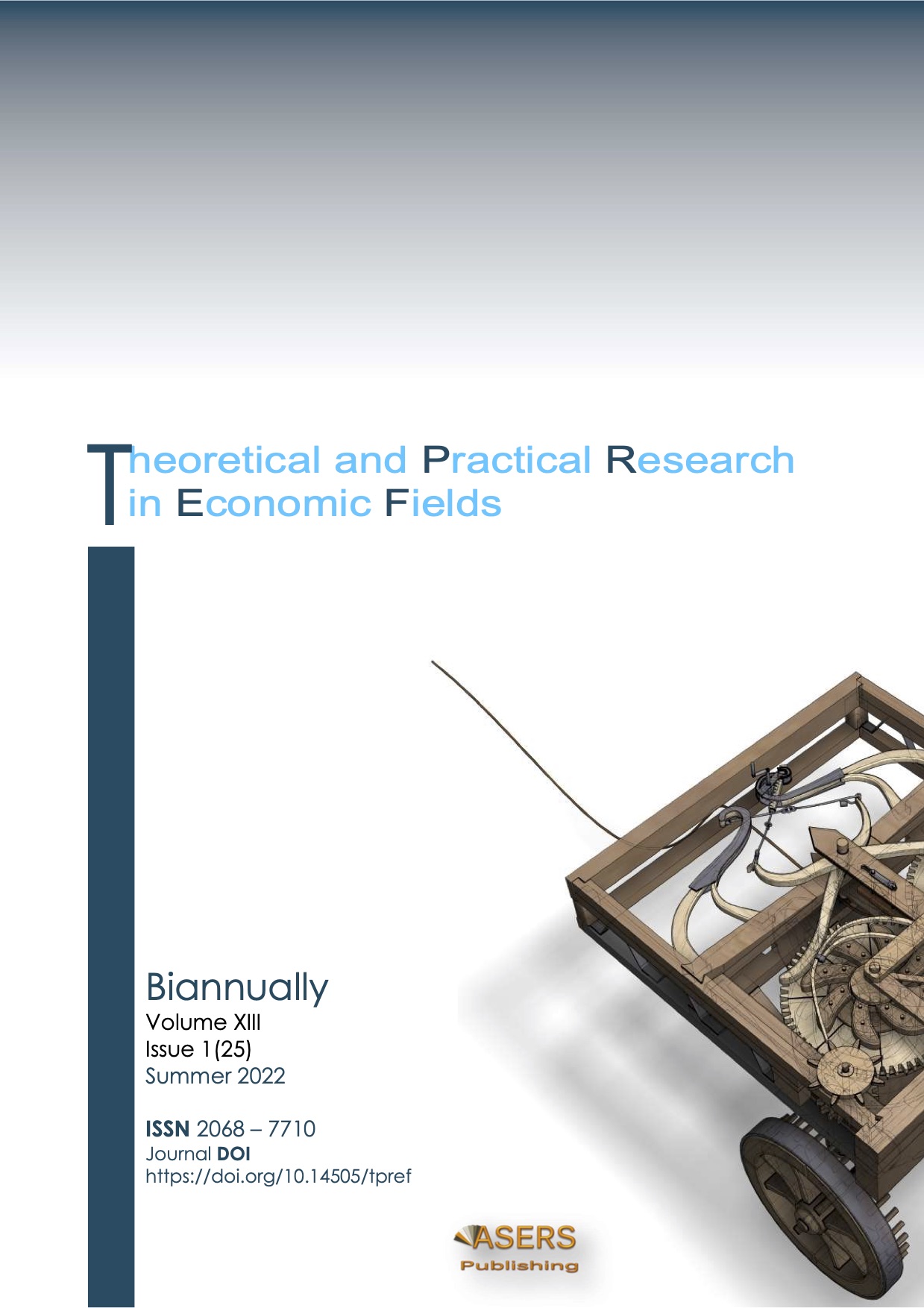Foreign Trade and Macroeconomic Effects of Exports
Abstract
We find that the IS-LM model and the national income model reinforce each other in the context of exports and the export multiplier. Using simple differentiation techniques, we derive several relationships with respect to foreign trade. As predicted by Keynes, exports have a favorable effect on national income and the interest rate. Exports also increase the average price level and the exchange rate in the country. Through the mechanism of the export multiplier exports increase imports, savings, and consumption. A higher propensity to import reduces national income and fosters a negative trade balance. Similar is the effect of a higher exchange rate which discourages exports and encourages imports.
References
[2] Giblin, L.F. 1930. Australia, 1930: an Inaugural Lecture, Melbourne: Melbourne University Press and Macmillan.
[3] Harrod, R. 1933. International Economics. Cambridge.
[4] Kaldor, N. 1975. What is Wrong with Economic Theory. The Quarterly Journal of Economics, 89(3): 347–357. DOI: https://doi.org/10.2307/1885256
[5] Kennedy, C. and Thirlwall, A.P. 1979. Import Penetration, Export Performance and Harrod’s Trade Multiplier. Oxford Economic Papers, 31(2): 303–323. DOI: http://www.jstor.org/stable/2662943
[6] Keynes, J.M. 1936. The General Theory of Employment, Interest, and Money. London, Macmillan.
[7] King, J.E. 1998. From Giblin to Kalecki: The Export Multiplier and the Balance of Payments Constraint on Economic Growth, 1930–1933. History of Economics Review, 28(1): 62-71. DOI:10.1080/10370196.1998.11733277
[8] Machlup, F. 1943. International Trade and the National Income Multiplier. Blakiston, Philadelphia.
[9] Metzler, L.A. 1942. The Transfer Problem Reconsidered. Journal of Political Economy, Vol. L, June 1942, 397-414, reprinted in Readings in the Theory of International Trade, Blakinston, Philadelphia, 1949, 179-197.
[10] Robinson, R. 1952. A Graphical Analysis of the Foreign Trade Multiplier. The Economic Journal, 62(247): 546–564. DOI: https://doi.org/10.2307/2226899
[11] Sordi, S. and Vercelli, A. 2012. Genesis and Foundations of the Multiplier: Marx, Kalecki and Keynes. History of Economic Ideas, 20(2): 137–155. DOI: http://www.jstor.org/stable/23723651
[12] Thirlwall, A.P. 1982. The Harrod Trade Multiplier and the Importance of Export-led Growth. Pakistan Journal of Applied Economics, 1: 1-21.
Non-Exclusive License under Attribution 4.0 International Public License (CC BY 4.0):
This ‘Article’ is distributed under the terms of the license CC-BY 4.0., which lets others distribute, remix, adapt, and build upon this article, even commercially, as long as they credit this article for the original creation. ASERS Publishing will be acknowledged as the first publisher of the Article and a link to the appropriate bibliographic citation (authors, article title, volume issue, page numbers, DOI, and the link to the Published Article on ASERS Publishing’ Platform) must be maintained.
